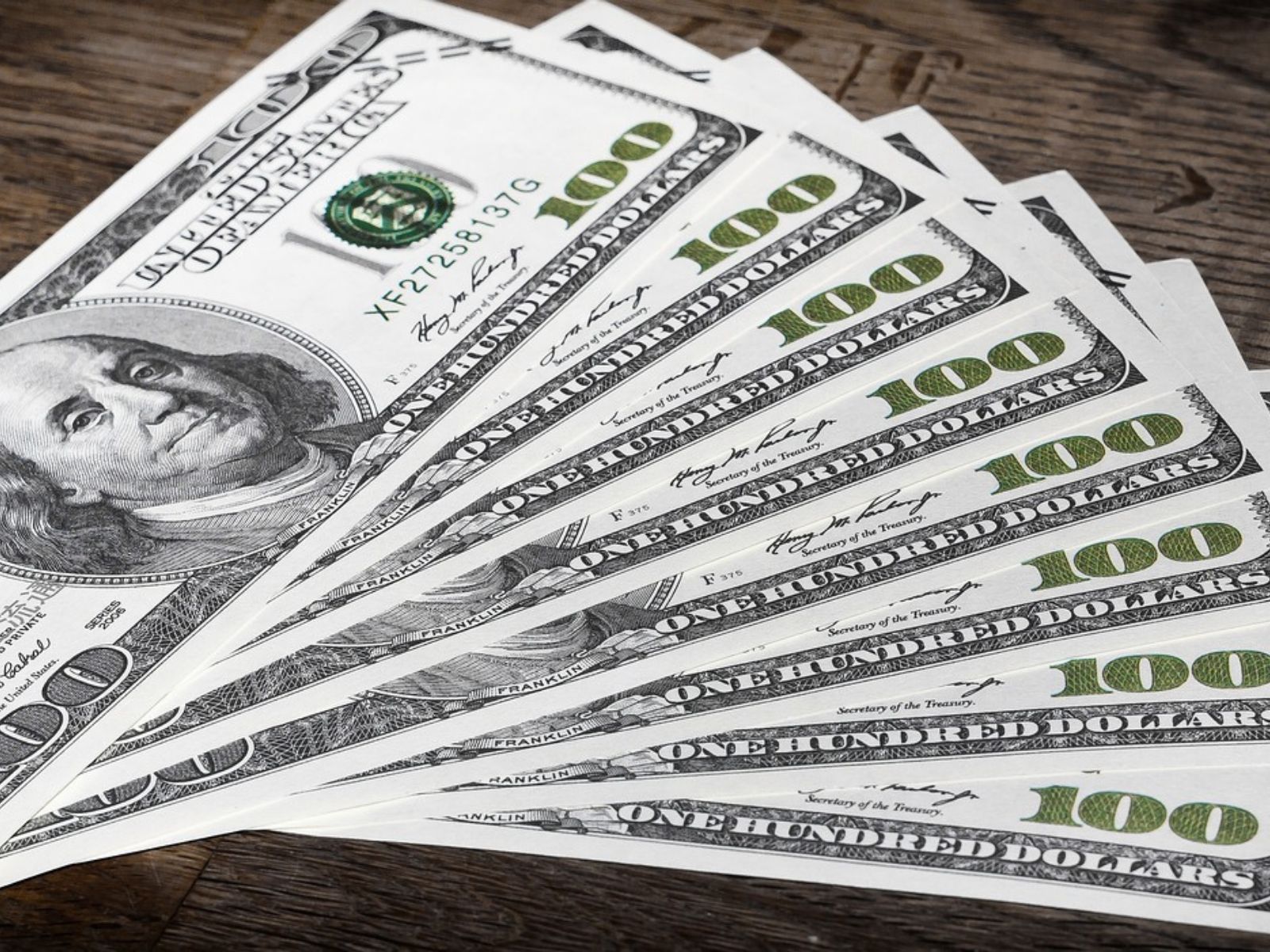The emerging legal cannabis industry in the United States is spreading thanks to the tireless work of cannabis advocates across the country. Cannabis is now legal for adult-use in 24 states and the District of Columbia, and several more have adopted medical cannabis legalization measures.
Cannabis commerce is widespread now too. The Pew Research Center has determined that:
- 79% of Americans live in a county with at least one cannabis dispensary.
- There are nearly 15,000 cannabis dispensaries in the United States.
- California alone has 3,659 cannabis dispensaries
- Oklahoma has the most cannabis dispensaries per capita in the U.S. (36 dispensaries for every 100,000 Oklahoma residents)
Numerator, a data and tech company serving the market research space, recently released an analysis that examines the impact of cannabis on consumer behavior. The report, Budding Behaviors: Insights into the Modern Cannabis Consumer, includes an April 2024 survey of nearly 6,000 present and past self-reported THC & CBD users, as well as an analysis of the verified buying behaviors for these same individuals.
The new report determined the following information:
- THC users skew younger, lower income, and use cannabis on a more regular basis. Consumers who say they use THC products are more likely to be Gen Z or Millennials, have low to middle income (<$60K), and have health concerns around anxiety and stress. Nearly two-thirds (64%) say they use THC products a few times per week, with 38% saying they are daily users.
- Frequent use and higher price points result in higher cannabis spending among THC users. 31% spend $100 or more on cannabis products monthly (compared to 7% of CBD-only users), and their main purchase locations are in-person dispensaries (61%), personal acquaintances (29%), smoke shops (19%), and online dispensaries (14%).
- CBD-only users are older, higher income and looking to manage health issues. Muscle and joint pain, as well as arthritis, are the main health concerns for CBD users, who are more likely to be Boomers with middle to high incomes (>$80K). 44% say they use CBD products a few times per week, with 16% saying they are daily users.
- CBD spending occurs at both dispensaries and mainstream retailers. The top places for CBD users to buy cannabis products are alternative health stores (31%), in-person dispensaries (25%), online dispensaries (19%), and traditional retailers (16%).
- THC is more broadly used for recreational, social, and creative purposes. The top reported reasons for THC use include stress relief (62%), sleep aid (57%), and pain management (50%), followed by recreational purposes (38%), medicinal purposes (33%), coping mechanism (23%), social purposes (21%), appetite stimulation (14%), creativity boost (13%), and enhanced sensory experiences (13%). Among CBD-only users, pain management tops the list at 61%, followed by stress relief (41%), and sleep aid (38%).
- Edibles lead the way for THC users, but Gen Z is significantly more likely to opt for vape cartridges or infused beverage products. Among all THC users, edibles (67%), flower (48%), vape cartridges (37%), and pre-rolls (32%) are the most popular products. 55% of Gen Z users opt for vape cartridges and 21% opt for THC-infused beverages.
- Edibles and topicals are the preferred products for CBD users. 58% of CBD users opt for edibles and 44% opt for topicals. Less popular products are tinctures (19%), vape cartridges (17%), and concentrates (12%).
Whitney Economics recently published a market analysis report in which the leading cannabis economics firm projected that legal cannabis sales in the United States will reach $31.4 billion in 2024.
“The 2024 forecast for legal adult-use and medical sales will top $31.4 billion, an increase in overall sales of $2.6 billion from 2023. This represents a YoY growth rate of 9.14%.” Whitney Economics stated in a press release.
“We are quite proud of our predictive analytics that resulted in last year’s forecast versus actuals being 98.3% accurate. Although there are uncertainties in the near-term outlook, demand for legal cannabis in the U.S. will remain strong throughout the decade, with growth coming from newer markets.” stated Beau Whitney, chief economist at Whitney Economics.
Whitney Economics also projects the following legal cannabis sales figures in the United States for the coming years:
- 2024: $31.4 billion (9.1% growth from 2023)
- 2025: $35.2 billion (12.1% growth from 2024)
- 2030: $67.2 billion
- 2035: $87.0 billion

